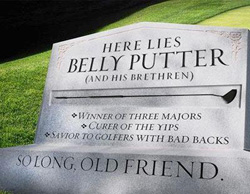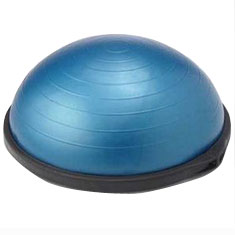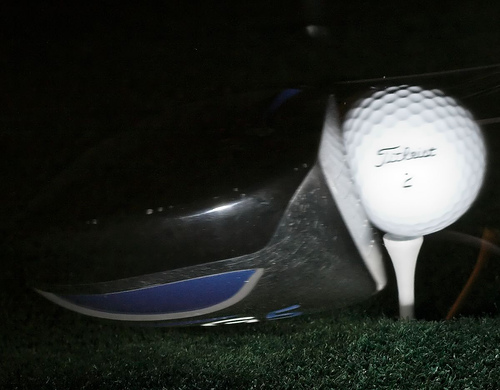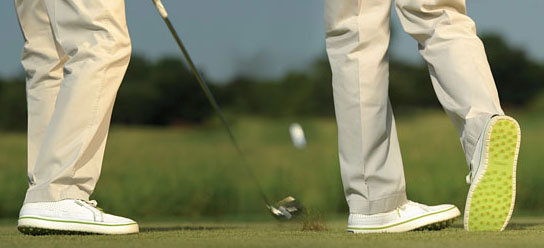Practice to Play-Article by Jim Flick
In Tactical , posted by Virginia on - Leave a comment
I hear this all the time from average golfers and even struggling tour players: “I hit the ball great on the range, but I’m a different golfer on the course. I don’t have the confidence to make the same swing when I know a bad shot will get me in trouble.”
Confidence comes from controlling the ball, but how do you go from hitting solid and accurate shots on the range to producing those same shots on the course? It’s helpful to understand the four stages of becoming a confident player:
First, you are unconsciously incompetent. You have no idea what to do in your swing or how to get there. This is the stage in which you learn the basics of the swing.
Second, you are consciously incompetent. You know what you want to do with your swing, but you can’t do it. You use drills prescribed by your teacher. It’s helpful to place rods or clubs on the ground to set up a “learning station” to check your alignment.
Third, you are consciously competent. On the range, you hit balls to perfect your swing, but you have to think mechanically to make the shot happen. Because you’re using verbal cues and thinking of positions, you often lose your tempo and rhythm.
Fourth, you are unconsciously competent. The best golfers compete in this stage. On the course they think about the conditions, select the right club, and play shots from point A to point B by focusing on the target. They no longer think about positions but feel how to use the club to create shots.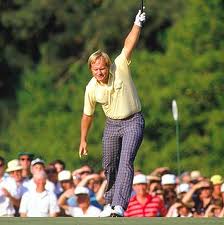
So how do you get from the first stage to the fourth? As Jack Nicklaus once said, “I practice mechanics and play by feel.” Remember that practicing and warming up are two different things. When good players practice, they break the swing down into mechanical parts and then put those parts together to control the clubhead–and the ball. This is the only time these players think about swing mechanics. When they warm up before a round, they forget mechanics and rehearse hitting shots to various targets, creating playing situations. Seve Ballesteros would “play” entire holes before his round: Replicating a par 5, he’d hit a driver, then a 4-iron layup then a wedge approach. When he got to the first tee, he felt he’d already played a few holes and was in the rhythm of the round.
A strong picture can override a flaw in your swing to produce a playable shot. On the range, practice visualizing the entire shot, the ball curving in the direction you want, then landing where you intend and rolling to your target. Use the same visual technique when you hit real shots on the course. You’ll be on your way to playing your best golf ever.

